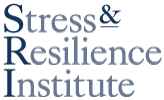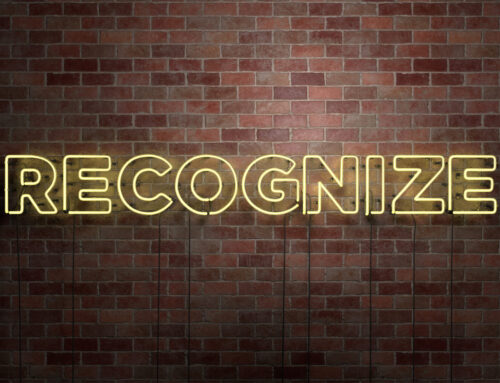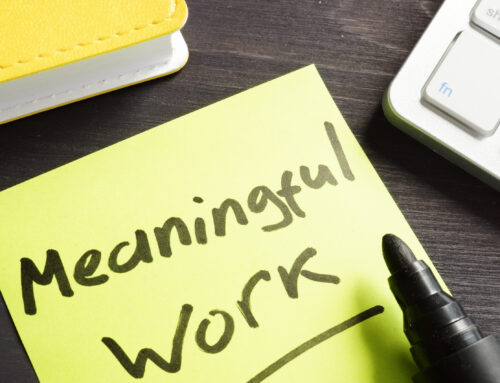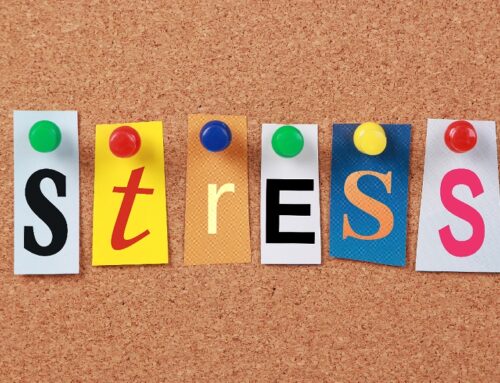Wall Street Journal article, a recent Harvard Medical School study revealed that 96% of senior leaders reported feeling burned out on some level, with one-third describing their burnout as extreme. I often describe burnout as a disease of disengagement. The effects of burnout cause high achievers to unplug – at work, at home, and with regard to activities that once provided a sense of joy. Fast Company recently reported that the Deloitte Global Human Capital Trends report showed that 79% of business and HR leaders worldwide believe they have a significant engagement problem in their organizations. To further support the fact that many employees are feeling disengaged, Gallup’s State of the American Workplace Report – 2013 revealed that approximately 70% of workers are disengaged. Companies are in need of effective tools to help their managers and executives prevent burnout, but given that many executives in Corporate America are men, it’s important for companies to understand that men likely process burnout differently than women. One study in particular assessed the prevalence of burnout in male and female physicians (general practitioners, specifically) using the three factor Maslach Burnout Inventory which examines the following dimensions of burnout: Exhaustion: Feeling emotionally exhausted, depleted, and a loss of energy. Cynicism: Having a negative attitude toward clients and those you work with, feeling irritable, and withdrawing from people and activities you once enjoyed. Inefficacy: Experiencing diminished personal accomplishment, a perceived decline in competence or productivity, and expending energy at work without seeing any results. This study found that men and women process these burnout dimensions differently. Women experienced exhaustion first, followed by cynicism, then inefficacy – they didn’t think they were being effective care providers so they stopped to evaluate. The men, on the other hand, tended to experience cynicism first, then exhaustion. Interestingly, many of the men in the study kept practicing because they didn’t feel as though the symptoms from the first two stages impacted the quality of care they provided. They didn’t reach the inefficacy stage because they thought they were still being effective. I find this telling because the Wall Street Journal article focused largely on male CEO’s, with each of them describing wanting to “power through” their stress with one leader saying, “If you want to be a real leader, you can’t go around being emotionally erratic.” Another CEO said he felt like he was “running in place” but hesitated to call his condition “burnout.” Clearly, social stigma and a leader’s personal beliefs impact whether or not he or she seeks help for burnout or even understands its warning signs. Companies can help their employees at ALL levels prevent burnout by doing two things:
- Train employees to build their levels of resilience (the ability to bounce back and grow and thrive during challenge, change and stress); and
- Focus on ways to help employees build engagement (helping employees “plug in” to work and activities that are sources of energy).





